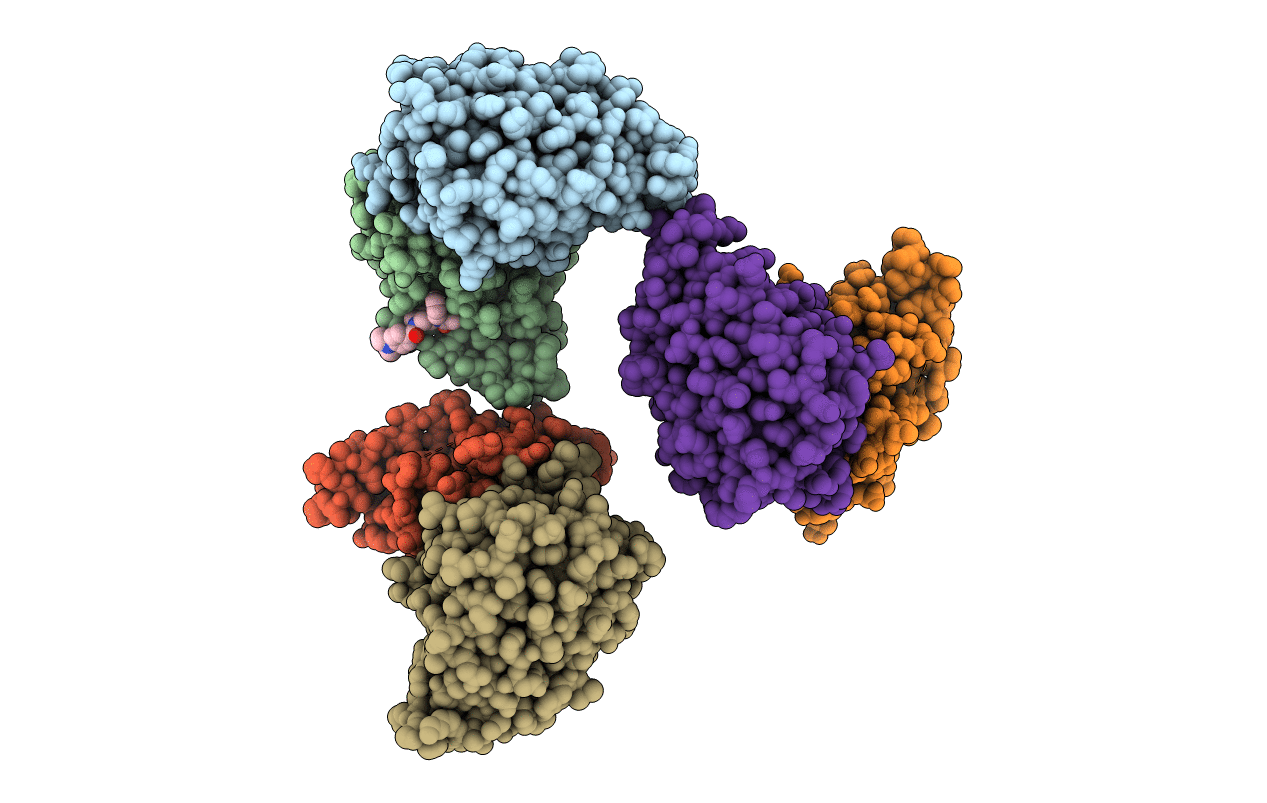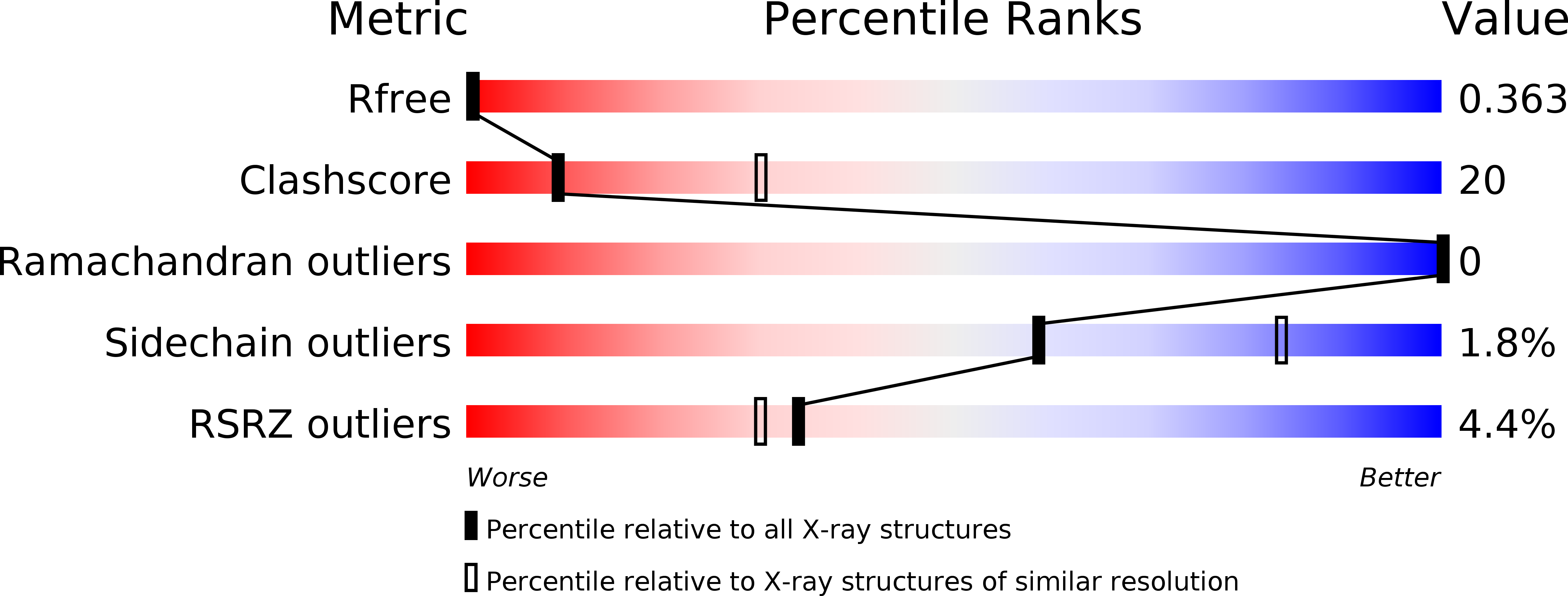
Deposition Date
2019-07-25
Release Date
2020-01-29
Last Version Date
2024-11-06
Entry Detail
PDB ID:
6PX9
Keywords:
Title:
Crystal structure of procaspase-8 in complex with covalent small molecule inhibitor 63-R
Biological Source:
Source Organism:
Homo sapiens (Taxon ID: 9606)
Host Organism:
Method Details:
Experimental Method:
Resolution:
2.88 Å
R-Value Free:
0.36
R-Value Work:
0.28
R-Value Observed:
0.28
Space Group:
P 31


